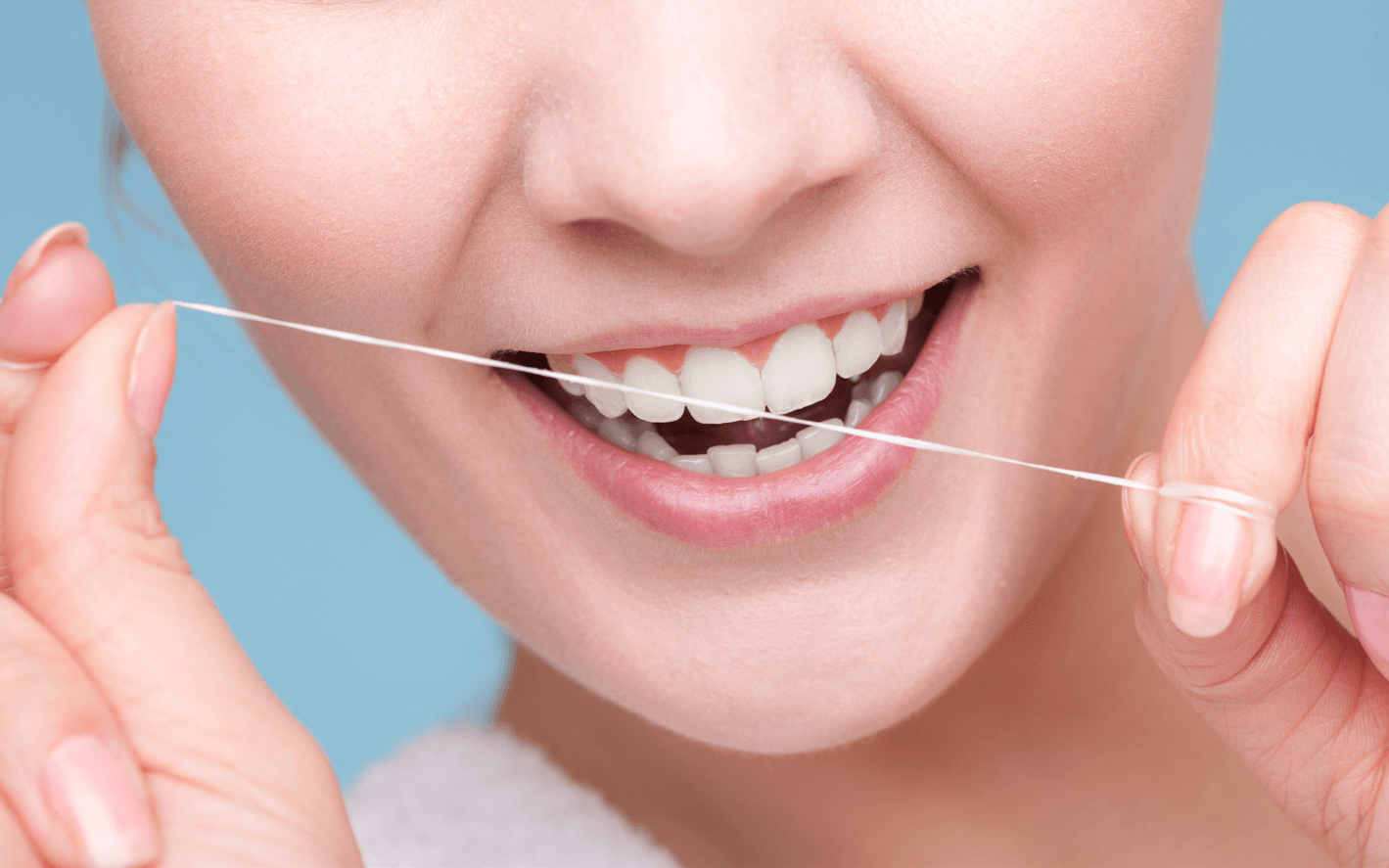
We are taught about the importance of oral health at an early age. However, while many people do brush on a regular basis, many people do not floss nearly as often as they should. And even if you do floss semi-regularly, you may not be doing it properly! The following are a few tips on how to floss in order to maintain your oral health.
Choosing Your Floss
Don’t be mistaken in thinking that any floss will do. There are a number of different types of floss on the market – the cheaper the floss is, the less effective it will be for your oral health. Some of the floss options available to you include waxed floss, un-waxed floss, tape floss, nylon floss or PTFE floss. Floss that is waxed tends to slide between the teeth more easily, while tape floss is more effective if you have wider gaps between your teeth. PTFE floss, also known as monofilament floss, will slide between your teeth easier than nylon floss and is less likely to shred as well. You can also choose between flavoured and non-flavoured floss, but that’s entirely up to your personal taste.
How to Floss Properly
We recommend flossing before you brush. This allows you to remove the plaque from between your teeth to allow the fluoride in the toothpaste to get between your teeth. The following are a few tips to keep in mind for proper flossing form:
- Holding the floss – You only need around 45 cm of floss every time you floss. Take it and wrap it around your two ring fingers over the last joint so that it fits nice and tightly. You will find that when you bend your fingers it will hold the floss in place. There should be roughly 8-10 cm of floss exposed to floss your teeth with.
- Using the floss – It doesn’t matter which tooth you start with. Many people choose to begin with their front teeth, whether it’s at the bottom or top. Just make sure that you floss between every tooth – including those hard to reach molars. When sliding the floss between your teeth, make sure that you don’t tear into your gums. You don’t need to be aggressive, just gently rub the floss up and down between the gums and teeth without yanking it around or swing side to side which can be damaging. Floss in a C-motion down the tooth and below the gum line to remove plaque. This process should be repeated for every tooth. Make sure that when you are flossing that you don’t wrap the floss around the gum of one tooth and then another tooth – this makes flossing less effective.
If you notice any blood appearing from your gums, don’t be alarmed. Many people will stop flossing because their gums hurt when they do so – and the appearance of blood can be alarming. However, bleeding gums usually signifies that your teeth need to be flossed more often. The pain and bleeding should diminish the more regularly you floss.
After Flossing
Once you’re done flossing, throw the used floss away and be sure to rinse your mouth with water in order to remove any loose food particles – not to mention it helps give your mouth a fresh feeling.
Flossing is a very important step in maintaining your oral health. You should floss at least once a day for two to three minutes at a time if possible – although even flossing for a minute a day will have a big impact, so be sure to use these tips on how to floss.





